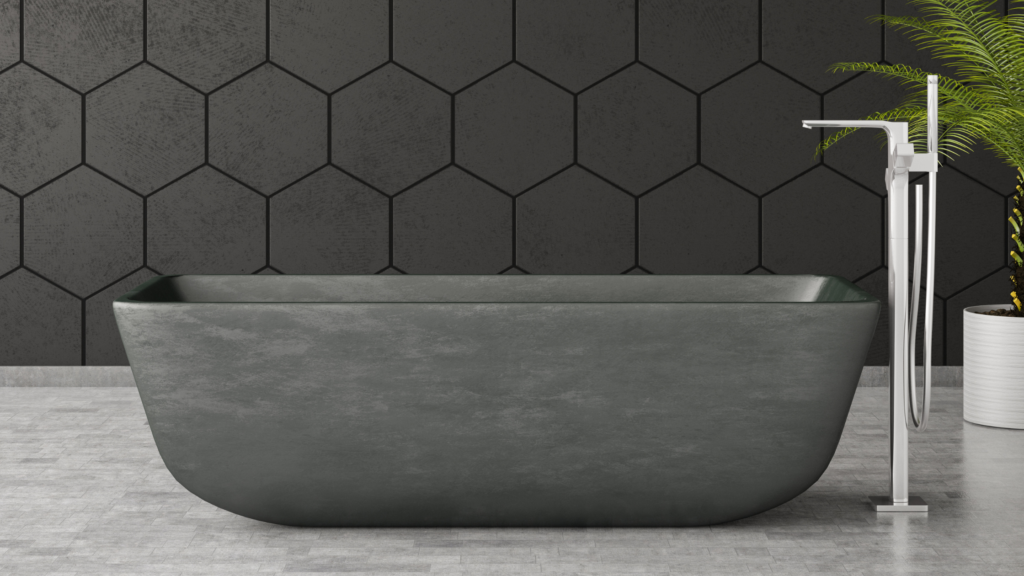The faucet in your bathroom is more than just a functional fixture. It also adds to the overall design and feel of your bathroom. Faucet shapes and styles have changed over the years, and in 2023 homeowners should consider the following faucet styles.
- Bridge
A bridge faucet has a streamlined bridge-like shape with two independent knobs used to control temperature. This type of faucet may also have a pull-away spraying spout. A bridge faucet blends old-world style with cutting-edge technology, and is often used in under-mount sinks.
- Wall-mounted
A wall-mounted faucet is installed directly on the wall above the sink. This type of faucet is great for sinks that don’t have predrilled holes and for modern-style bathrooms.
- Waterfall
A waterfall faucet mimics the soothing flow of water in nature. The spout is large and flat, creating a visually and audibly pleasing experience. This type of faucet is common in spas due to their calming effect.
- Vessel sink
A vessel sink is attached to a counter and the faucet can also be inserted into the counter. The sink can be made of fired porcelain, stainless steel, ceramic, copper, marble, stone, or glassware. The faucet can have a single- or double-hole structure. Typically, the faucet must be at least four inches higher than the sink basin.
- Touchless
A touchless faucet is motion-activated and is turned on by placing hands underneath the spout. The water will automatically stop flowing when the hands are removed. The detector, which is typically a presence sensor that recognizes the movement of hands beneath the spout, is typically located at the rim or bottom of the faucet’s spout.
- Deck mount
A deck mounted-faucet can be installed on a freestanding bathtub, rather than in a shower. The faucet is installed on the lip of the tub. Installation may be complex if the faucet needs to be connected to the water supply. However, a deck-mounted faucet provides a clean, streamlined, and contemporary appearance.
- Freestanding
A freestanding bathtub faucet is attached to the ground and is used with a clawfoot tub or another type of standalone tub. This style features exposed piping and requires under-floor accessibility to the waterline.

